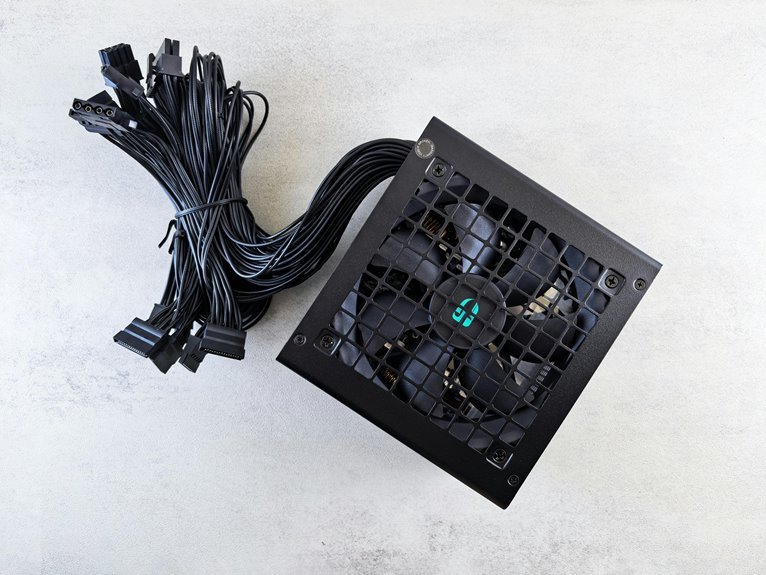The Secure Network Response and Analysis Unit 4053167019 plays a vital role in addressing cyber threats. By employing advanced detection algorithms, it ensures real-time identification of vulnerabilities. Unique Identification Numbers are essential for maintaining data integrity and streamlining tracking. However, the effectiveness of these strategies hinges on a thorough understanding of incident response protocols and regulatory compliance. What challenges might arise in implementing these measures, and how can they be effectively addressed?
Overview of Unit 4053167019
Unit 4053167019 serves as a critical component of the Secure Network Response and Analysis Unit, focusing on the identification and mitigation of cyber threats.
You’ll find that its core function revolves around network security, employing advanced threat analysis techniques.
Key Features and Capabilities
In any robust cybersecurity framework, key features and capabilities are essential for effective threat management.
You’ll benefit from advanced threat detection algorithms that identify vulnerabilities in real-time.
Additionally, incident management processes streamline response efforts, ensuring swift containment and mitigation of threats.
Together, these elements empower you to maintain a secure environment, enabling proactive measures that protect your network’s integrity and autonomy.
Importance of Unique Identification Numbers
While many aspects of cybersecurity are critical, the role of Unique Identification Numbers (UINs) can’t be overlooked.
Unique identifiers streamline identification systems, enabling precise tracking of individuals and assets. They enhance data integrity, reduce fraud risk, and facilitate compliance with regulations.
Strategies for Effective Cybersecurity Response
To effectively respond to cybersecurity incidents, organizations must adopt a multi-faceted approach that combines proactive measures with reactive strategies.
Implementing a robust incident response plan enhances your readiness, while continuous threat mitigation practices minimize vulnerabilities.
Regular training and simulations empower your team to act swiftly, ensuring resilience against attacks.
Ultimately, this approach fosters a culture of security that prioritizes both prevention and effective response.
Conclusion
In conclusion, Unit 4053167019 stands as a fortress against the relentless tide of cyber threats. By harnessing advanced detection algorithms and emphasizing Unique Identification Numbers, it not only streamlines tracking but also fortifies data integrity. Implementing robust incident response strategies ensures a proactive approach to cybersecurity. As we continue navigating an increasingly complex digital landscape, this unit’s commitment to preparedness and compliance is vital, making it an indispensable ally in the fight for network security.
